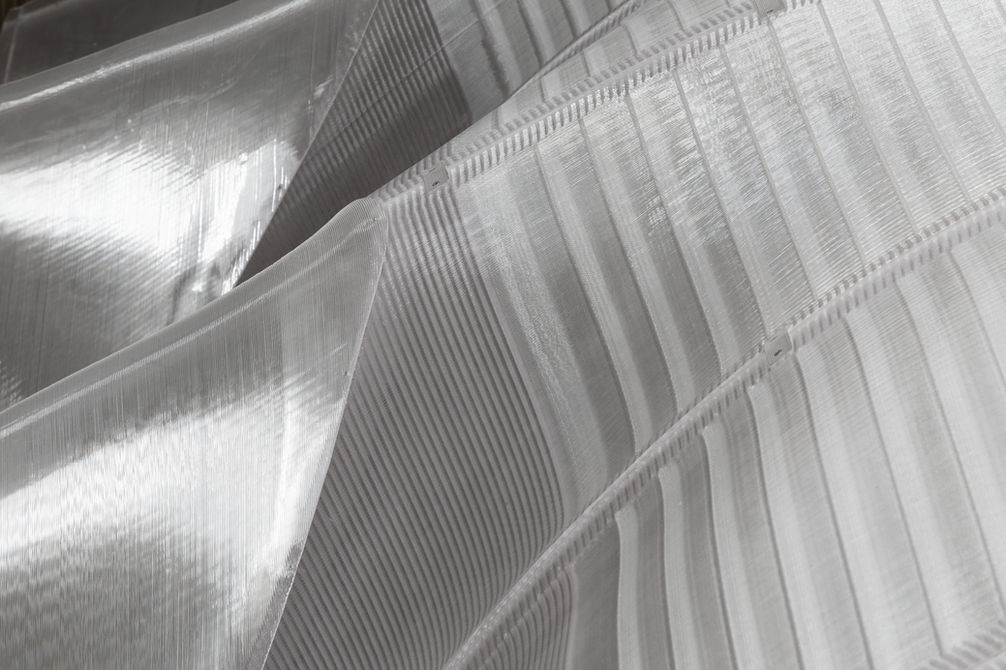3D printed
pavilion
by IMd is
starting point
of structural experiment.

IMd Raadgevende Ingenieurs is located in a former steel factory in Rotterdam-Zuid. To create more working space, they came up with the idea of designing a meeting room in the form of a pavilion on top of the crane tracks that characterize the old warehouse. That was the starting point for a quest to find a unique form, which needed to be self-supporting and as light as possible. Together with TU Delft, IMd and Ector Hoogstad Architects developed a parametric process to determine the optimal shape of the pavilion.
The research/development and construction process took years and has been captured in a video feuilleton. Five short video episodes show the inspiring journey through the development process of the innovative 3D printed pavilion, which is a symbiosis of sustainability, design and architecture.
The video series is summarised in a special final documentary. From initial design to final evaluation, follow the team from IMd Raadgevende Ingenieurs, Ector Hoogstad Architecten, TU Delft and Nagami as they explore the boundaries of design, sustainability and technology. With inspiring insights and challenging discoveries, "Pet-X: An experiment in innovation" offers a fascinating look at the potential of advanced technologies to transform the construction industry and discover how this experiment opens the way to a new generation of sustainable architectural solutions.
Paragon of innovation, sustainability and reuse
3Dprinting Experiment
Recycled Material Sustainability
Circularity plastic soup
Self-supporting PET bottles
Innovation Space Pavilion

"We intend to test the plastic and demonstrate that it can do more than pollute oceans"
IMd Raadgevende Ingenieurs has been working since 2019 on the development of an innovative 3D printed pavilion in Rotterdam, made entirely from recycled PET bottles. The structural use of this polyester plastic on this scale does not happen often, but for IMd it is not only the final product that is of interest. The very motivation for this project lies in its long term research: What is the structural capacity of the recycled material? How long will the structure hold its shape? Can this material find an architectural future? These are questions that drive the IMd team - the four directors in particular. With their curiosity and energetic approach, they are putting an end to the stigma of the conventional structural engineer in one fell swoop. And may that be the very essence of it!
























